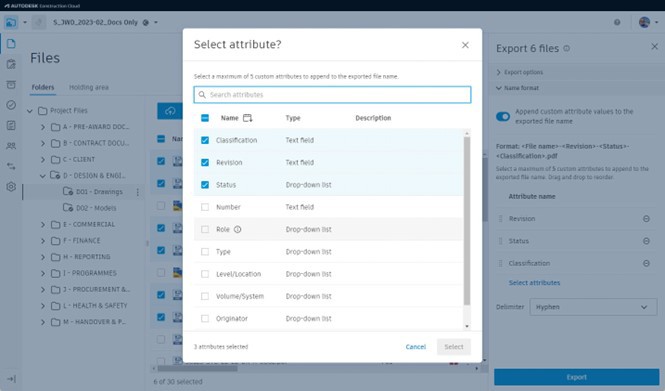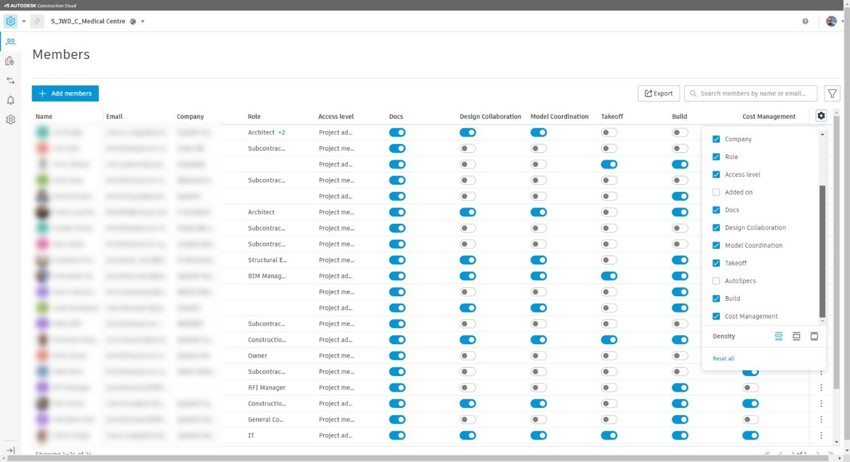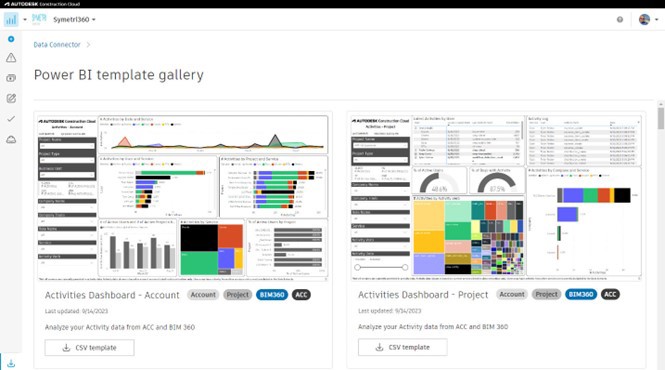Cracks in the System
Cybersecurity threats don’t always kick the door down—sometimes, they slip in through the cracks. This month, we’re spotlighting three subtle but serious security risks that could be undermining your defences right now.

Autodesk’s Construction Cloud platform receives regular updates and the last 3 releases now (May, July, September) have seen a raft of long-awaited feature improvements - for a full rundown of these new features go to the Construction Cloud Blog or one of the product help-pages - Build, Docs. Both pages have a What’s New section, broken down by release month.
In keeping with my previous blog Autodesk Construction Cloud Hidden Gems 2 I am going to focus on the “behind the scenes” updates, the less publicised updates that nevertheless can improve productivity. There are, perhaps, fewer updates than the previous 2, most likely due to AU being on the horizon, but nevertheless enough to keep us going, I think.
I’ll start with one that we’ve been hoping for, which is the ability to append metadata to filenames when exporting files from Docs. This ties in with the use of the naming standards to initially extract the data from the filename (the description field is not currently supported as an extractable field), but will allow you to append revision, status, classification code etc. to the end of the filename using a selectable delimiter character. There is a restriction on this, only PDF files are currently supported, but you can select multiple files and then select to export these files.

Once exported, the filenames will have been updated to include the selected metadata fields.

There is also a small tweak to the admin page at the project level, displaying (BIM 360 style) the modules activated for each user. This page can also be configured to display only those modules that are relevant. A small, but welcome change.

Another update is the support of the latest versions of the Uniclass 2015 classification tables. Maybe not huge, but it does indicate Autodesk’s ongoing commitment to maintaining this alignment to the classification system. It can be configured on any new project and is a simple selection of the required version.

Finally, there are a series of new Power BI dashboard templates available for download. These can, as always, be further customised to suit specific organisation and project requirements.

If you would like to understand some of the great features of Autodesk Docs, and Autodesk Construction Cloud, read some of my other blog posts.
Cybersecurity threats don’t always kick the door down—sometimes, they slip in through the cracks. This month, we’re spotlighting three subtle but serious security risks that could be undermining your defences right now.
As 2025 comes to a close, we’re looking back at some of the most impactful cyber threats of the year and more importantly, what they reveal about the challenges ahead. From ransomware tactics to AI-driven phishing and risky app integrations, this round-up highlights where businesses have been most vulnerable and how you can strengthen your defences in 2026.
Learn what Product Lifecycle Management (PLM) is and how it helps teams manage product data, processes, and collaboration across the lifecycle. Discover the key benefits and PLM tools driving innovation.
